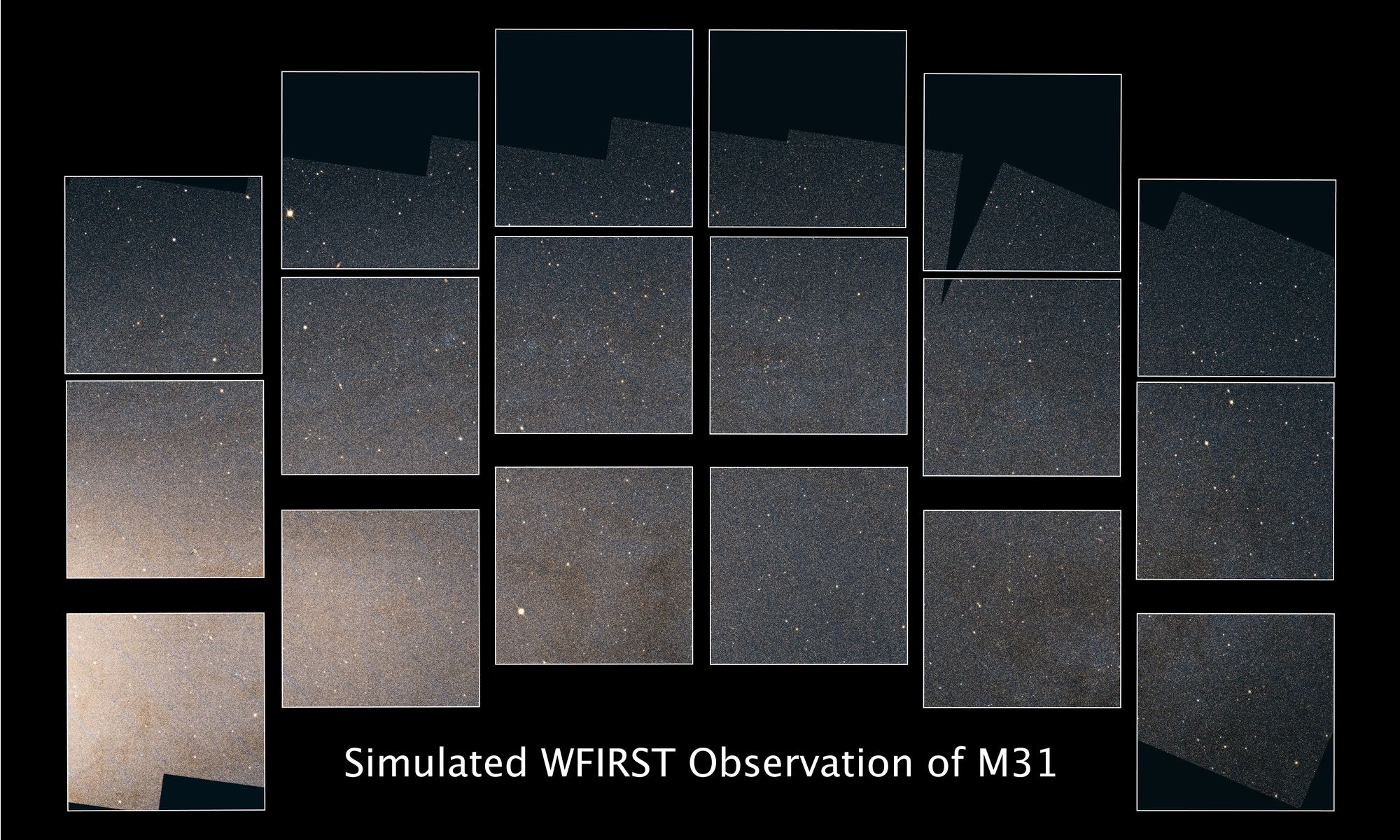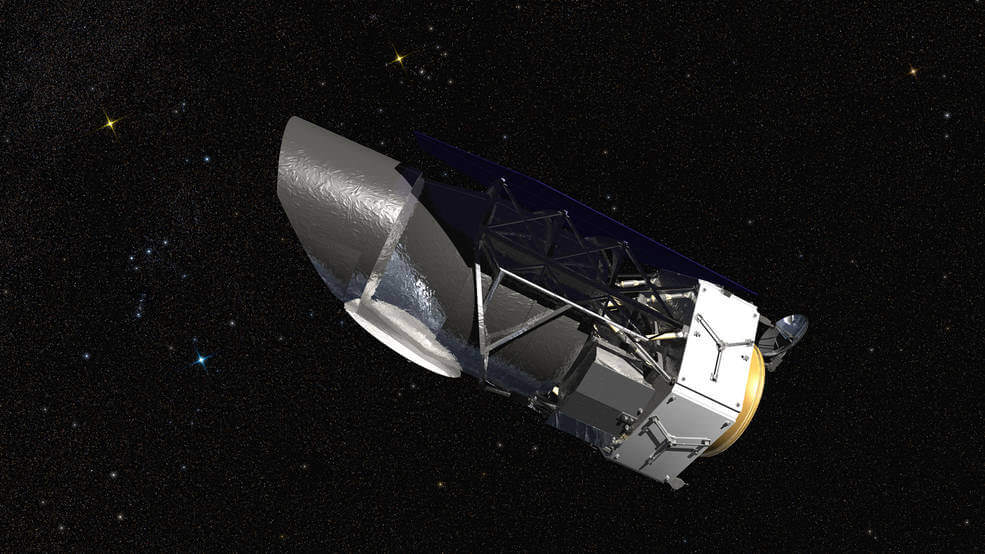When low to medium-mass stars exhaust their supply of hydrogen, they exit their main sequence phase and expand to become red giants – what is known as the Asymptotic Giant Branch (AGB) phase. Stars in this phase of their evolution become variable (experiences changes in brightness) to shed their outer lays, spreading dust throughout the interstellar medium (ISM) that is crucial to the development of planetary nebulas and protoplanetary systems. For decades, astronomers have sought to better understand the role Red Giant stars play.
Studying interstellar and protoplanetary dust is difficult because it is so faint in visible light. Luckily, this dust absorbs light and radiates brightly in the infrared (IR), making it visible to IR telescopes. Using archival data from now-retired Akari and Wide-field Infrared Survey Explorer (WISE) missions, a team of Japanese astronomers conducted the first long-period survey of dusty AGBs and observed that the variable intensity of these stars coincides with the amount of dust they produce. Since this dust plays an important role in the formation of planets, this study could shed light on the origins of life.
Continue reading “Twinkling Stars Supply the Dust That Leads to Life”


